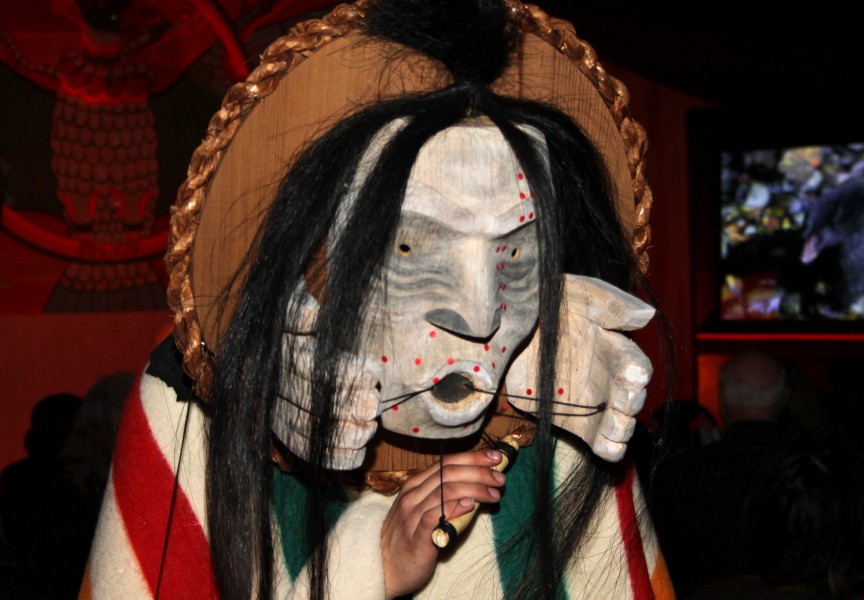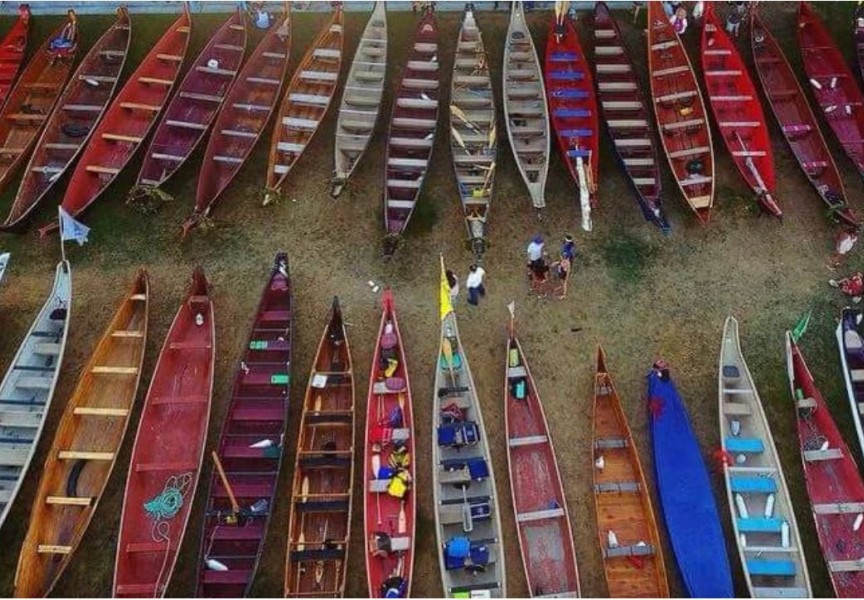In its best effort to be prepared for a Tsunami Emergency, Tseshaht First Nation will be hosting a Tsunami Awareness Day at Tseshaht Market April 12, weather permitting.
At the outdoor event, booths will be set up showing maps of the inundation zone and emergency routes through the reserve if an evacuation of the community is required. In response to a catastrophic tsunami event, haahuupayak school and Tseshaht Market will be evacuation centres if the need arises.
Other emergency partners, including Alberni-Clayoquot Regional District, have committed to be part of the awareness day. Port Alberni and ACRD and the adjacent First Nations are gearing up for a major earthquake/tsunami response exercise June 7 to June 10. The exercise will be the first-time deployment of the Provincial Coordination Team, which can be activated to support local authorities in an emergency. It will also mark the first full-scale Heavy Urban Search & Rescue training exercise in partnership with Emergency Management BC.
Tseshaht wants to prepare its members for a worst case scenario, like the tsunami that hit Japan’s shores March 11, 2011, in hopes that such an event never comes to pass, said Chief Councillor Hugh Braker.
After a magnitude-9 earthquake hit Japan, a tsunami was triggered. “The tsunami waves reached run-up heights (how far the wave surges inland above sea level) of up to 128 feet (39 meters) at Miyako city and traveled inland as far as six miles (10 km) in Sendai,” reads an article on livescience.com.
Braker said many people will be surprised where the inundation zone is in a 30-metre tsunami, including up to Tseshaht Community Centre on Highway 4 and to McCoy Lake and even through sections of the Stamp River. He said the last major tsunami event, in 1964, was nothing near that high and it caused significant destruction in the Alberni Valley.
According to a case study of the 1964 tsunami, the narrow Alberni Inlet amplified the size and intensity of the tsunami wave. When it hit the town, it had a height of 2.44 metres. One hour later, a second, larger wave of 3.05 metres hit.
“In total, the tsunami washed away 55 homes and damaged 375 others. It caused $5 million in damage,” reads the study in BC Open Textbooks.
Additionally, Tseshaht Nation has just received its own Tsunami Warning Siren to position close to Hector Road, a place, among others on the reserve, that the Tseshaht Emergency Preparedness Committee had concerns about because the tsunami siren in Alberni can’t be heard there.
This siren has its own unique feature as well. It’s bilingual, sounding instructions in the Nuu-chah-nulth language first and in English second. It may be the only one of its kind, said Braker. The nation has not heard of another Aboriginal-language tsunami alert system on any other reserve. A test of the system will be within the coming weeks.
The Nation is better prepared than many First Nation communities to marshal their membership in the case of emergency and way more prepared than most non-Aboriginal communities, said Braker. Tseshaht has installed radios in every home and emergency kits. They’ve held workshops on what to do in the event of an earthquake—Drop, Cover and Hold On—and what to have in a Go Bag in the event of sudden evacuation.
And the Emergency Preparedness Committee has been activated about three times in the last two-and-a-half years due to flooding. Rising river water events are happening more frequently in recent years, said Braker.
If weather threatens the Tsunami Awareness Day at Tseshaht Market, then it will be held another day within that same week. Watch for announcements from the Nation.






